The Food Heritage Foundation’s Zeinab Jeambey meets rural women around the country continuing the tradition of collecting and cooking edible wild plants.
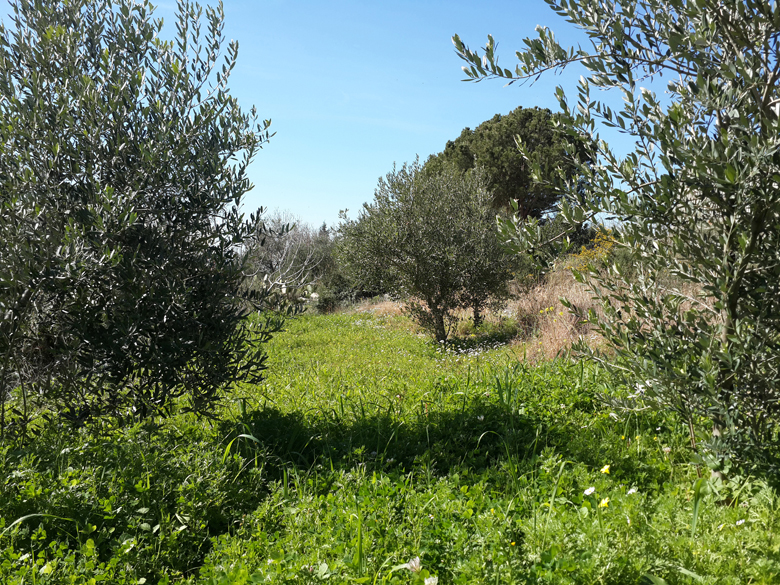 The Food and Agriculture Organization (FAO) defines wild plants as “those that grow spontaneously in self-maintaining populations in natural or semi-natural ecosystems and can exist independently of direct human action.” Though not part of urban diets, many wild plants are edible and local communities consumed them for their health and medicinal qualities long before their nutritious, protective and therapeutic effects were proven by science.
The Food and Agriculture Organization (FAO) defines wild plants as “those that grow spontaneously in self-maintaining populations in natural or semi-natural ecosystems and can exist independently of direct human action.” Though not part of urban diets, many wild plants are edible and local communities consumed them for their health and medicinal qualities long before their nutritious, protective and therapeutic effects were proven by science.
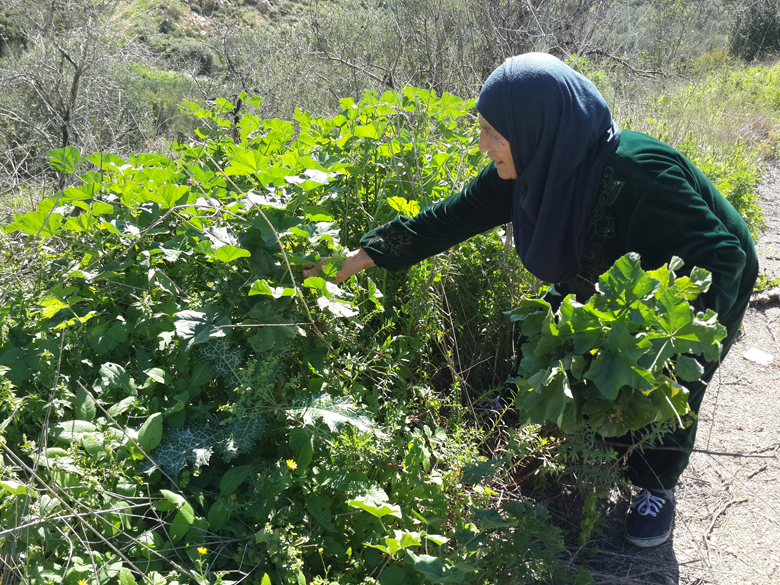
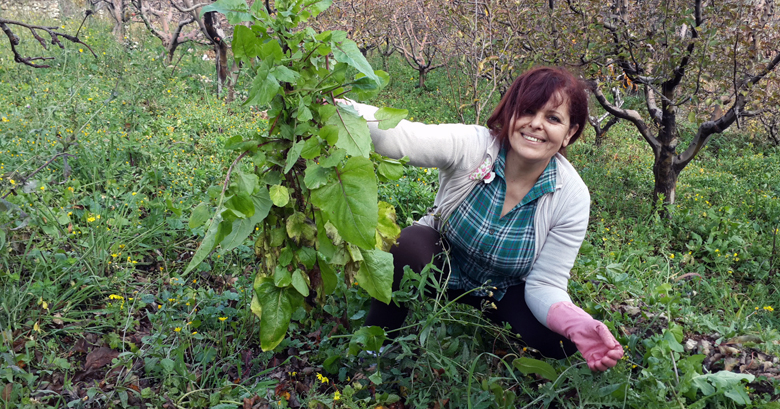
Eaten raw, boiled or cooked, a whole culinary tradition has developed around them, all the while being used for their medicinal benefits, treating health problems ranging from skin irritations to anemia.
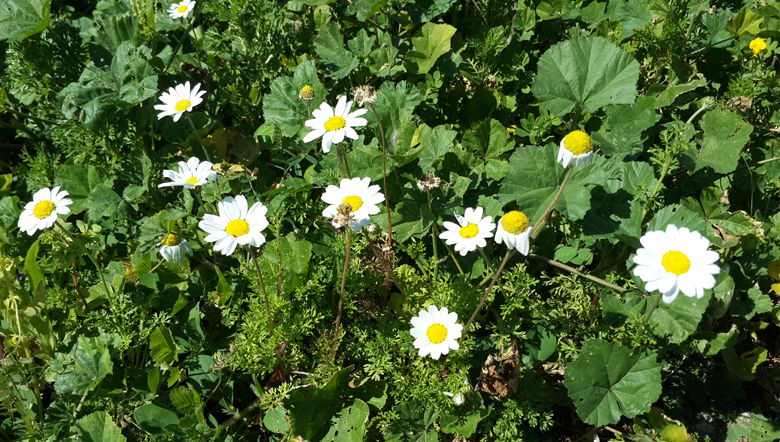
Hindbeh (Chicory)
 Health and medicinal tips
Health and medicinal tips
Chicory treats anemia and fights constipation.
Cooking tips
Eat it raw with a few olives or in a salad with green onions, pomegranate molasses and olive oil. Another alternative is to stir-fry with lots of onions and eat it with a squeeze of lemon.
Shumar (Fennel)
 Health and medicinal tips
Health and medicinal tips
Fennel seed infusion alleviates bloating and stomach aches.
Cooking tips
Eat it boiled, strained and marinated with lemon juice, garlic and olive oil. Chop it with mint, parsley and onions and mix it with eggs and flour before frying into an omelet.
Khebbayzeh (Mallow)
 Health and medicinal tips
Health and medicinal tips
Mallow is known for its anti-inflammatory properties.
Cooking tips
Stir-fry it in olive oil with onions, cilantro and chickpeas. Eat it with bread and a squeeze of lemon juice.
May Kanaan ~ Qors Aaneh (Eryngo)
 Health and medicinal tips
Health and medicinal tips
Eryngo is a potent anti-poisonous plant. It was often used to counteract the effect of snake and scorpion venom.
Cooking tips
Make an eryngo tabboule by substituting parsley for eryngo or simply pickle it.
Loading

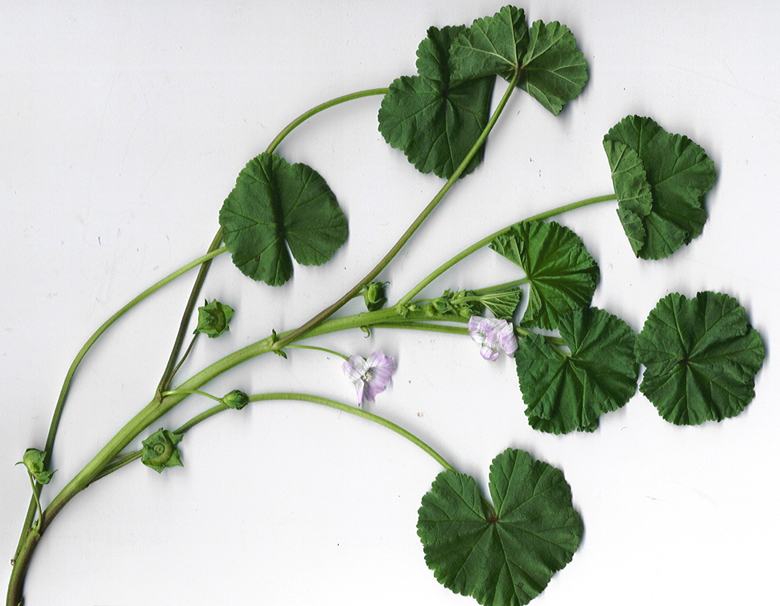
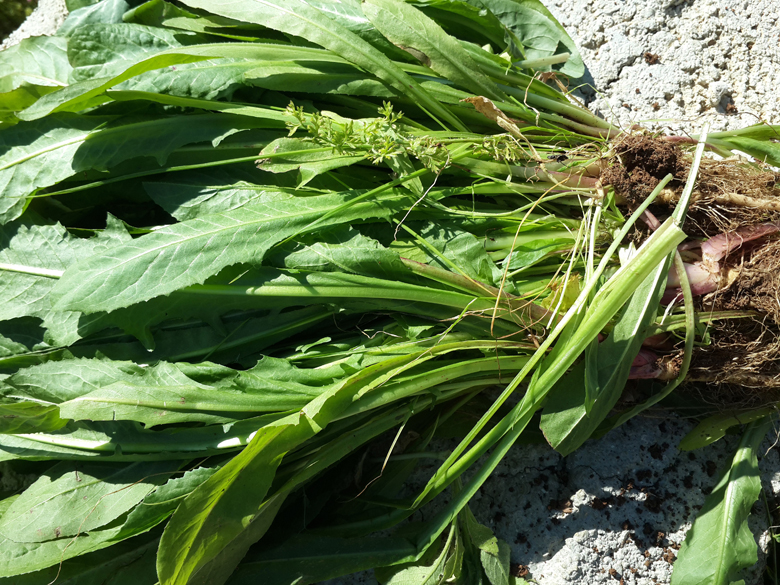 Health and medicinal tips
Health and medicinal tips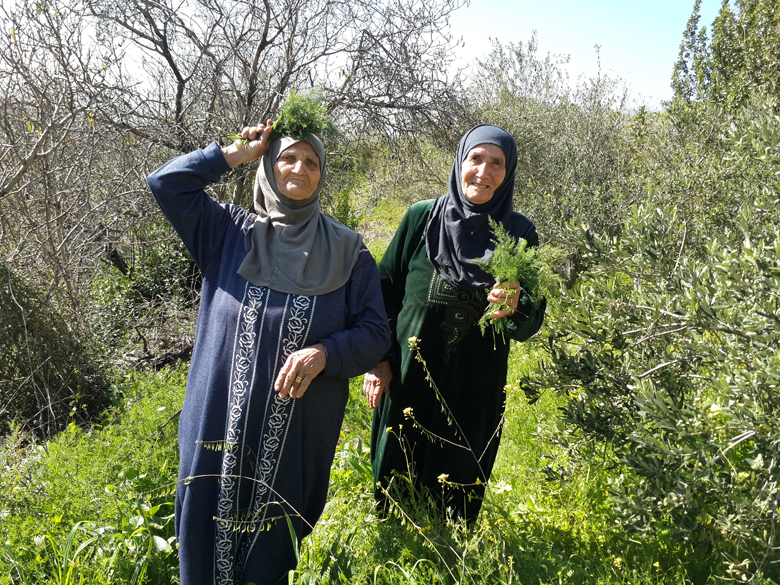 Health and medicinal tips
Health and medicinal tips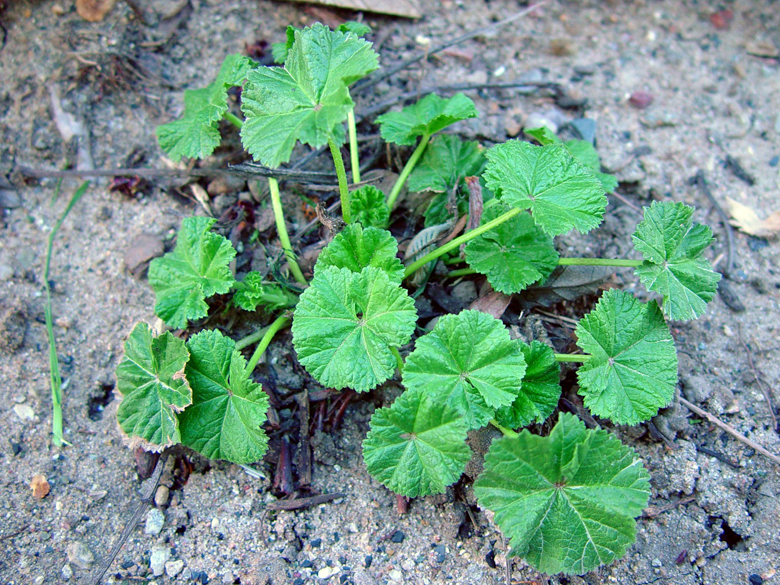 Health and medicinal tips
Health and medicinal tips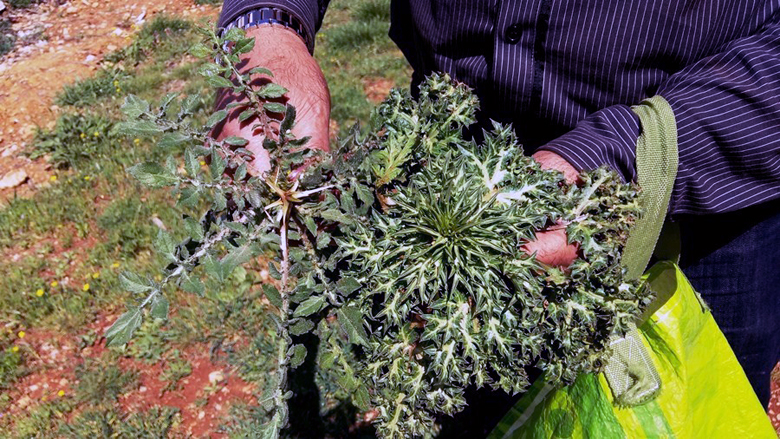 Health and medicinal tips
Health and medicinal tips